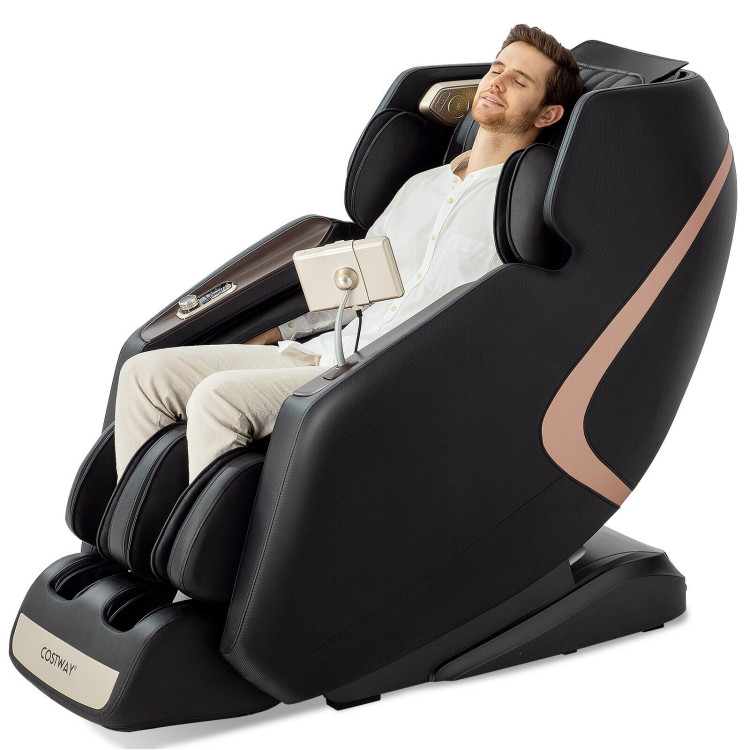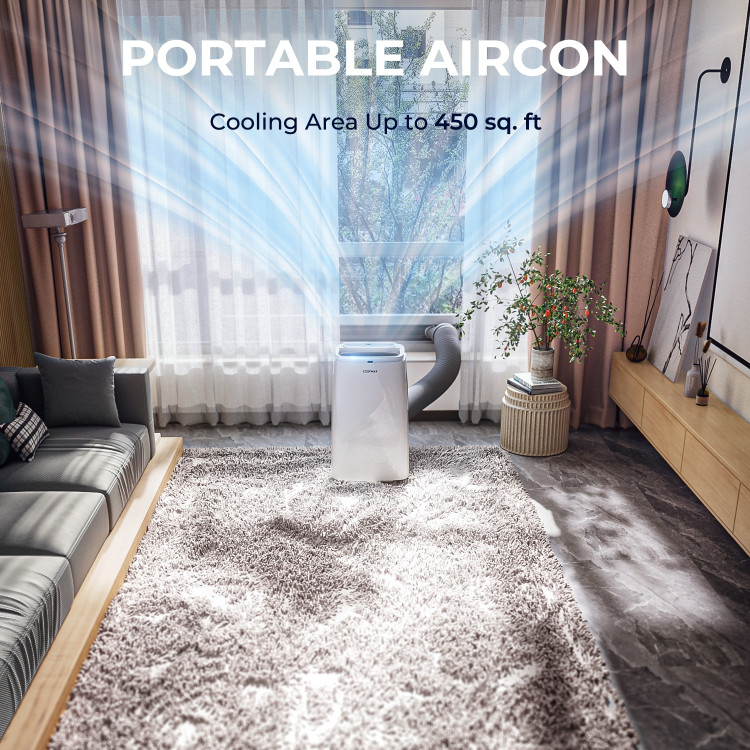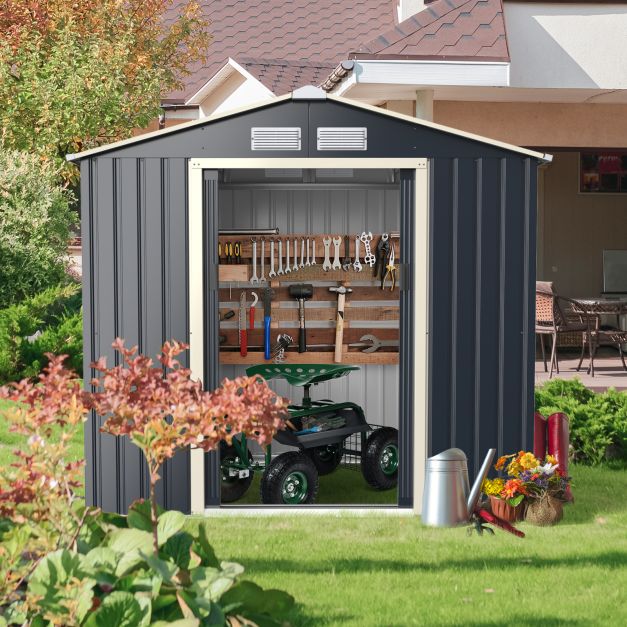As the weather gets hotter, more and more people are considering installing air conditioning at home to cool down. Mini-split air conditioners are an excellent solution that offers advantages of energy efficiency and cost savings. However, selecting the right size mini-split AC is crucial to ensure optimal performance. In this article, we will provide some recommendations to help you make an informed decision.
Why is AC size important?
Choosing the correct size mini-split AC is essential for efficient cooling and energy savings. If the AC unit is too small, it will need to run continuously to maintain a comfortable temperature, leading to higher energy consumption and increased utility bills. On the other hand, an oversized AC unit may cycle on and off frequently, causing unnecessary wear and tear, and it may fail to effectively dehumidify the air, resulting in mold and fungal issues.
What does the AC size refer to?
The cooling capacity of an AC unit is measured in BTU (British Thermal Units) or tonnage. BTU represents the amount of energy required to raise the temperature of one pound of water by one degree Fahrenheit. BTUh (BTU per hour) is used to measure the cooling capacity within an hour. Tonnage is another term used, especially in central AC systems, but it is not related to weight. For comparison, 1 ton is equivalent to 12,000 BTU.
Mini-split ACs are typically measured in BTU, as they are designed for smaller spaces. They provide a more flexible and versatile solution without the need for extensive ductwork.
Room Size (Square Feet) | Recommended Mini Split BTU
To determine the ideal mini split size for different rooms in your home, refer to the mini split sizing chart below. It provides recommended BTU (British Thermal Units) for 11 of the most common room sizes.
| Area Size (sq.ft.) | Recommended BTUs |
150-250 | 6,000 |
| 251-300 | 7,000 |
| 301-350 | 8,000 |
| 351-400 | 9,000 |
| 401-450 | 10,000 |
| 450-550 | 12,000 |
| 551-700 | 14,000 |
| 701-1,000 | 18,000 |
| 1,001-1,200 | 21,000 |
| 1,201-1,400 | 23,000 |
| 1, 401-1, 500 | 24,000 |
In addition to room size, there are several other factors to consider when determining the size of a mini split system:
Ceiling height
Insulation quality
Age of the home
Outdoor climate
Number and quality of windows
Sun exposure
Other factors
It’s important to consider these factors in conjunction with room size to ensure you select the right mini split size for optimal comfort and energy efficiency. Consulting with a professional HVAC technician is recommended for an accurate assessment and sizing calculation based on your specific circumstances.
If you find it still complex, we have air conditioners to meet your needs. Here are our recommendations related to the sizing chart mentioned above
12,000 BTU
12000 BTU 17 SEER2 208-230V Ductless Mini Split Air Conditioner and Heater
12000 BTU 20 SEER2 115V Ductless Mini Split Air Conditioner
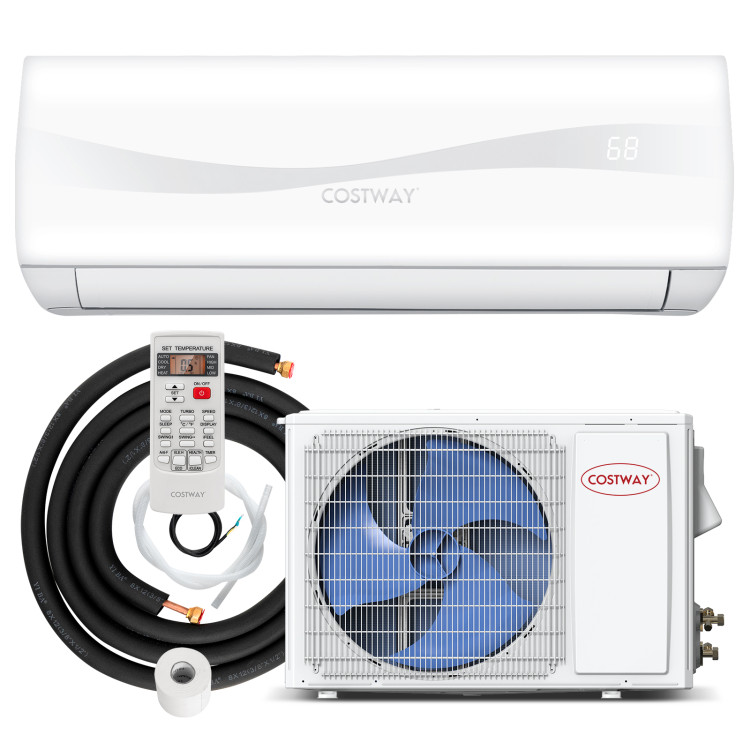
18,000 BTU
18000 BTU 19 SEER2 208-230V Ductless Mini Split Air Conditioner and Heater
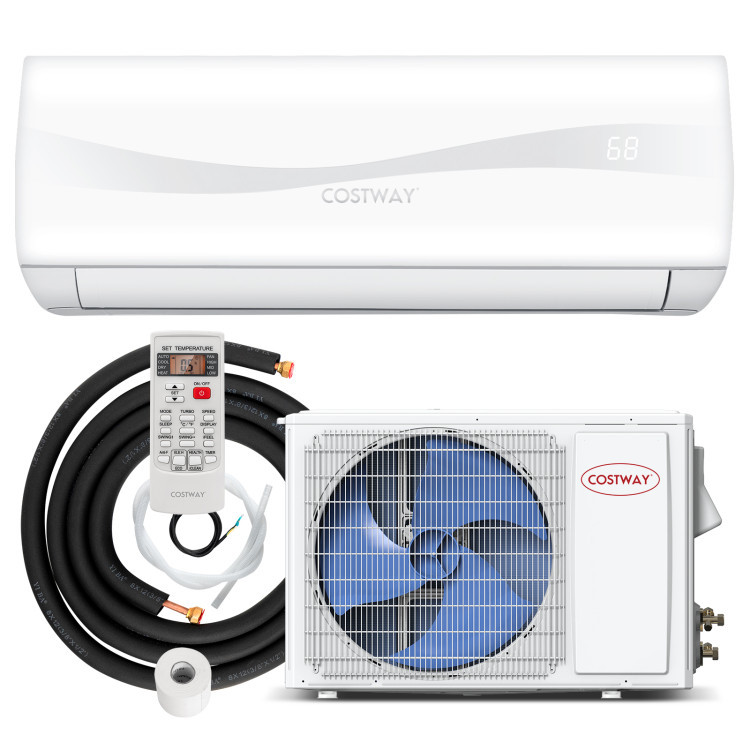
24,000 BTU
24000 BTU 18.5 SEER2 208-230V Ductless Mini Split Air Conditioner and Heater

Conclusion
The most significant advantage of mini split air conditioners is their ease of installation. Additionally, they are more cost-effective compared to traditional air conditioners. In terms of investment, they are also an excellent alternative to traditional AC systems. Homes or spaces do not require special ductwork for mini split AC systems. It eliminates all the complex work. However, if the correct size is not chosen, it can lead to more troubles.



